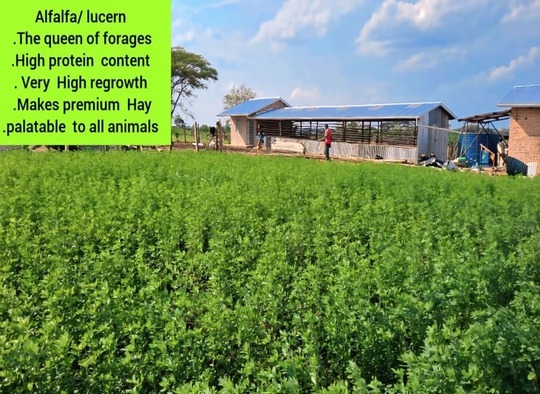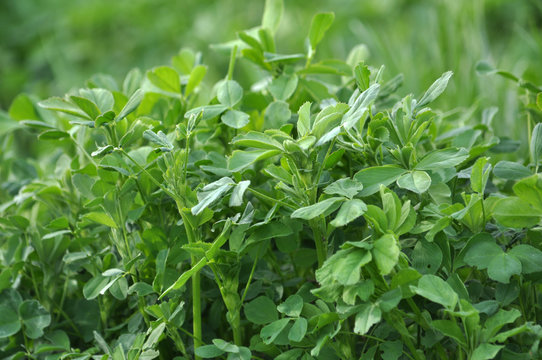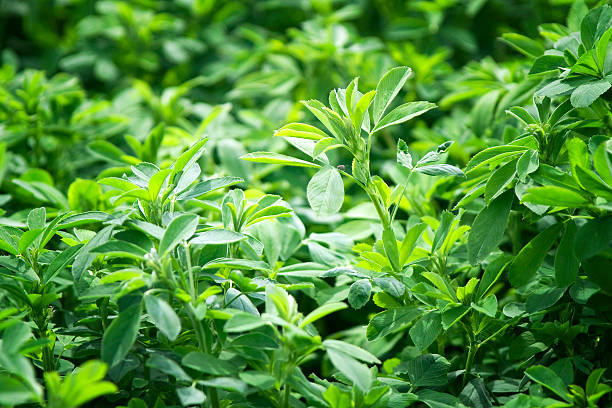Welcome to Itungo Pastures
- +256705167067, +256782185097, +256744000011
- Wakiso Town Council along Hoima road
- itungopastures@gmail.com

Alfalfa/lucerne silage is fermented, high-moisture stored forage made by chopping and compacting alfalfa at a moisture content of 60-70% to create an airtight environment, which results in a nutritious animal feed high in protein and ideal for dairy cows and other animals with high nutrient requirements. Making alfalfa/lucerne silage is a multi-step process, involving harvesting the crop at the proper stage of maturity, allowing it to wilt, chopping it, and then storing it in a sealed silo or bunker to undergo fermentation.

Its extensive root system allows it to access water and nutrients from deep in the soil, making it drought-tolerant.
Lucerne is a protein-rich feed, high in minerals, vitamins, and essential amino acids, making it excellent for livestock, especially horses.
As a legume, it fixes nitrogen in the soil, which improves soil fertility and health.
It has trifoliate, serrated leaves and produces clusters of small purple flowers.
Grown for grazing, hay, and silage, it’s also used as a green manure and cover crop.
Download Alfafa
